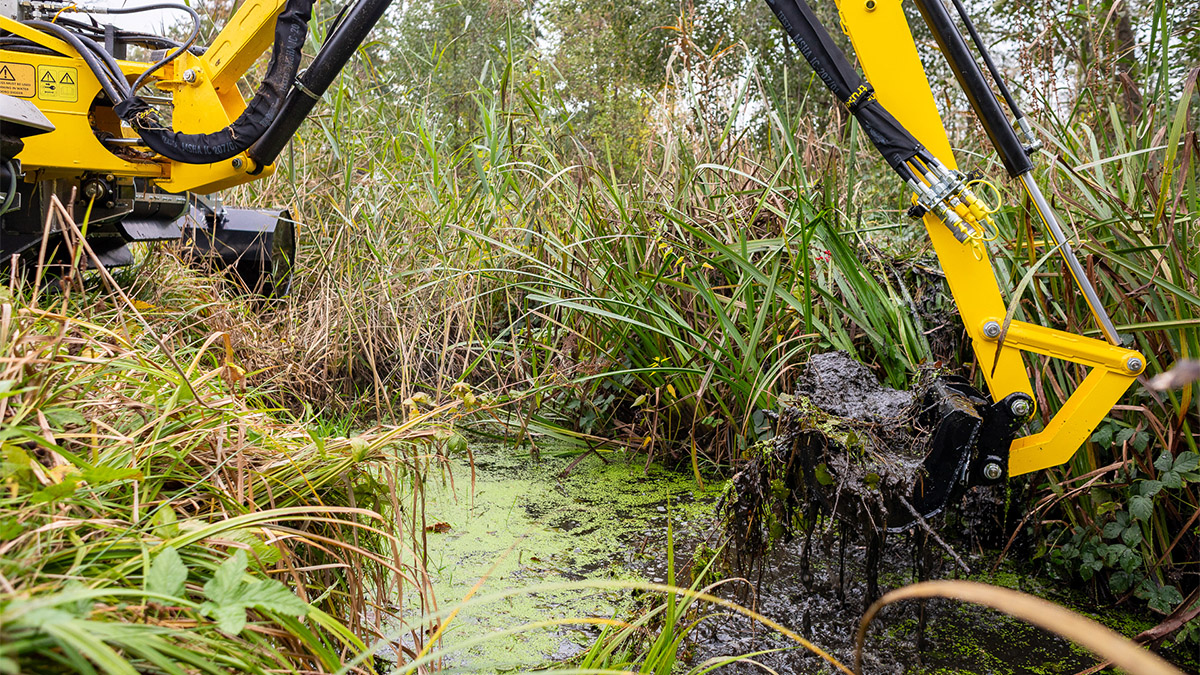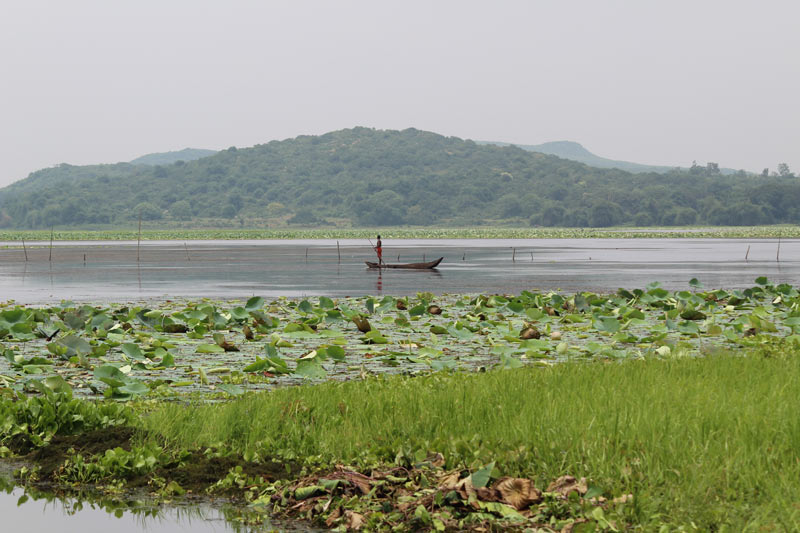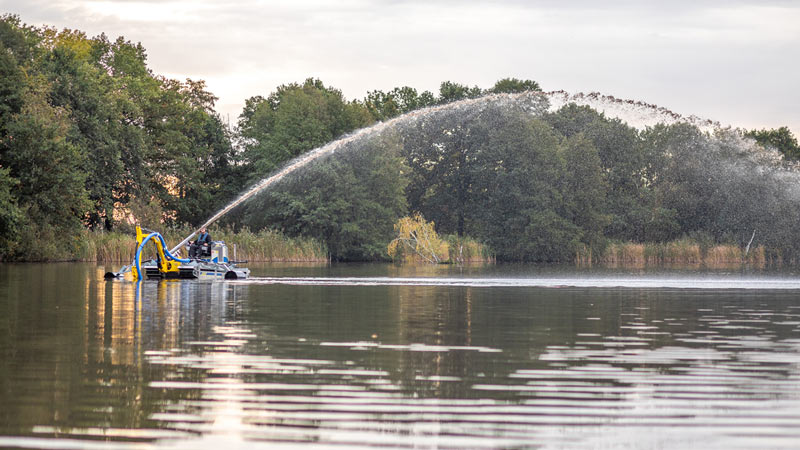Logged in as:
Waste water Management with Truxor
Waste water management is essential for maintaining water quality and ensuring public health. Managing treatment facilities, stormwater retention ponds, and wetlands can be challenging, especially when dealing with sediment, sludge, and unwanted vegetation. This is where the Truxor Amphibious Machine can make a significant difference. Its unique ability to operate both on land and in water makes it a versatile solution for many tasks related to wastewater management.
Let’s explore how Truxor can help improve the efficiency of waste water management systems and the benefits it offers in maintaining treatment ponds, stormwater basins, and more.
Challenges in Waste water Management
Waste water treatment plants and systems, including retention basins and wetlands, require regular maintenance to remain effective. Some common challenges include:
- Sludge buildup: Over time, treatment ponds and basins accumulate sludge and sediment, reducing their capacity and efficiency.
- Aquatic vegetation: Uncontrolled growth of aquatic plants and algae can block pipes, reduce water flow, and interfere with treatment processes.
- Access difficulties: Many areas within treatment facilities or retention ponds are hard to reach with traditional equipment.
- Environmental concerns: Heavy machinery can damage sensitive ecosystems, such as wetlands or areas near residential communities.

How Truxor Can Help
The Truxor amphibious machine offers an innovative solution to these challenges by providing flexible, efficient, and environmentally friendly operations. Here’s how Truxor can be used in various waste water management scenarios:

1. Sludge and Sediment Removal
Sludge buildup in treatment ponds or lagoons can severely affect the efficiency of waste water management systems. Removing this sludge is critical to maintaining the capacity and proper functioning of these ponds. Truxor, equipped with a dredging or suction attachment, can efficiently remove sediments and sludge from water bodies.
Its ability to operate in shallow waters and soft terrains means it can access hard-to-reach areas where traditional equipment might struggle. With Truxor, sediment removal becomes faster and more cost-effective, helping facilities avoid costly system slowdowns or failures.

2. Controlling Aquatic Vegetation
Unwanted vegetation like algae or invasive aquatic plants can grow rapidly in treatment ponds or stormwater retention basins. These plants can block water flow, clog pipes, and hinder the treatment process. Truxor’s cutting and harvesting attachments make it easy to remove this vegetation, keeping water systems clear and functioning properly.
For facilities that include constructed wetlands as part of their filtration process, Truxor can manage excess plant growth without damaging the sensitive environment. The machine can access these areas easily, ensuring that wetland vegetation stays balanced and supports the treatment process.

3. Maintaining Stormwater Retention Basins
Stormwater retention basins play a crucial role in managing runoff, preventing flooding, and protecting water quality. However, these basins often accumulate silt, debris, and unwanted vegetation, reducing their effectiveness. Truxor can remove sediments, clear out debris, and manage vegetation in stormwater basins, ensuring that they retain their full capacity and perform as intended.
Because Truxor is designed to work in both water and on land, it can access every part of a retention basin, making it a comprehensive solution for regular maintenance.

4. Versatility and Efficiency
One of the key advantages of the Truxor machine is its versatility. It comes with a range of attachments designed for different tasks, such as cutting, dredging, and suction. This means Truxor can handle various wastewater management jobs without needing additional machines. Whether it’s clearing weeds, dredging sludge, or removing debris, Truxor can adapt to the job.
Additionally, the amphibious design allows it to move smoothly between water and land, making it ideal for managing water bodies with changing depths and uneven terrains. This reduces downtime and increases operational efficiency.

5. Minimizing Environmental Impact
In sensitive environments like wetlands or areas near residential communities, the use of heavy machinery can cause damage to ecosystems and disturb local wildlife. Truxor’s lightweight and low-impact design minimizes environmental disruption.
It can perform its tasks efficiently without leaving deep tracks, disturbing sediment, or harming plant and animal life. This makes it an ideal solution for waste water facilities that prioritize environmentally friendly operations.
What can Truxor do for you?
Have a look at the overview were you can find information about the different models and get a broader picture of the capabilites. It's a versitile machine that makes any type of waste water management easier.
